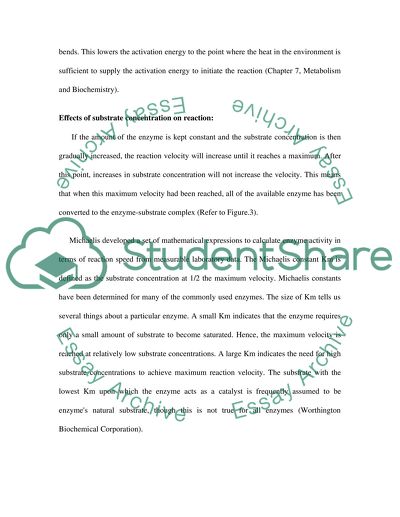Cite this document
(“Discuss lock-and-key theory of enzyme-substrate interaction giving Essay”, n.d.)
Retrieved from https://studentshare.org/miscellaneous/1541601-discuss-lock-and-key-theory-of-enzyme-substrate-interaction-giving-specific-example-to-illustrate-theory-include-the-effects-of-substrate-concentration-ph-cha
Retrieved from https://studentshare.org/miscellaneous/1541601-discuss-lock-and-key-theory-of-enzyme-substrate-interaction-giving-specific-example-to-illustrate-theory-include-the-effects-of-substrate-concentration-ph-cha
(Discuss Lock-and-Key Theory of Enzyme-Substrate Interaction Giving Essay)
https://studentshare.org/miscellaneous/1541601-discuss-lock-and-key-theory-of-enzyme-substrate-interaction-giving-specific-example-to-illustrate-theory-include-the-effects-of-substrate-concentration-ph-cha.
https://studentshare.org/miscellaneous/1541601-discuss-lock-and-key-theory-of-enzyme-substrate-interaction-giving-specific-example-to-illustrate-theory-include-the-effects-of-substrate-concentration-ph-cha.
“Discuss Lock-and-Key Theory of Enzyme-Substrate Interaction Giving Essay”, n.d. https://studentshare.org/miscellaneous/1541601-discuss-lock-and-key-theory-of-enzyme-substrate-interaction-giving-specific-example-to-illustrate-theory-include-the-effects-of-substrate-concentration-ph-cha.


